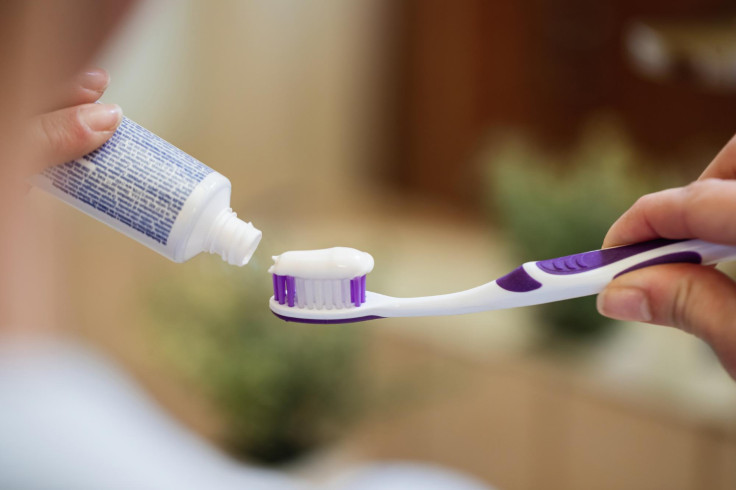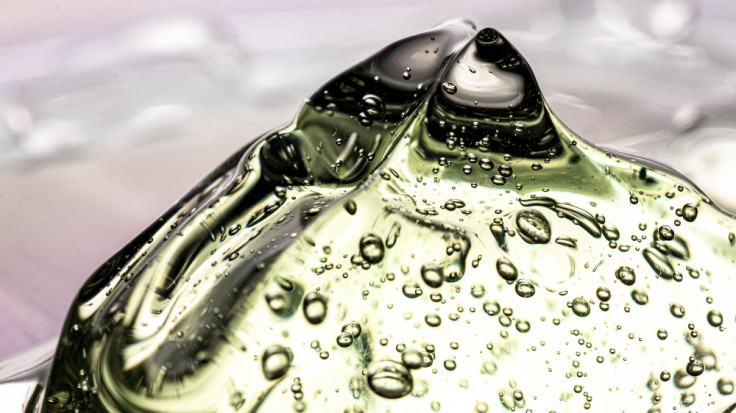Would You Use Toothpaste Made from Hair? Scientists Use Keratin to Repair Tooth Enamel and Stop Decay
A new study reveals how proteins from discarded hair could transform dental health — repairing enamel naturally and reducing reliance on synthetic treatments

In a breakthrough that could redefine oral hygiene, researchers at King's College London have pioneered a toothpaste and professional gel using keratin—the same protein found in human hair, skin, and wool—to regenerate tooth enamel, potentially halting decay entirely and offering sustainable alternatives to fluoride- and plastic-based treatments.
Tooth enamel, the hardest substance in the human body, does not regenerate once lost. Acidic foods, poor oral hygiene, and ageing all contribute to enamel erosion, leading to sensitivity, pain and eventual tooth loss. While fluoride slows this process, keratin-based treatments have shown the ability to stop it entirely.
How Hair Protein Heals Teeth
The research team extracted keratin from wool and applied it to tooth surfaces in laboratory settings.
When the protein came into contact with minerals naturally present in saliva, such as calcium and phosphate, it formed a crystal-like scaffold that mimics the structure of natural enamel. Over time, this scaffold attracted more minerals, growing into a protective enamel-like coating.
Dr Sherif Elsharkawy, senior author and consultant in prosthodontics at King's, explained:
'Unlike bones and hair, enamel does not regenerate. Once it is lost, it's gone forever.'
The keratin layer not only protects against further erosion but also seals exposed nerve channels, reducing sensitivity and offering both structural and symptomatic relief.
Sustainable and Safer Than Plastics
Lead researcher Sara Gamea, a PhD candidate at King's, described the treatment as a 'transformative alternative' to current dental materials.
'Not only is it sustainably sourced from biological waste materials like hair and skin, it also eliminates the need for traditional plastic resins, commonly used in restorative dentistry, which are toxic and less durable.
'Keratin also looks much more natural than these treatments, as it can more closely match the colour of the original tooth,' she said.
Unlike synthetic dental coatings, keratin more closely matches the natural colour of teeth, making repairs less noticeable and improving patient satisfaction.
Two Versions in the Pipeline
The team is developing two delivery formats:
- A daily-use toothpaste for general enamel protection
- A professional gel, similar to nail varnish, for targeted repair in dental clinics
A Circular Bioeconomy Approach

Beyond its clinical promise, the keratin innovation supports a circular bioeconomy. By repurposing discarded biological materials, such as hair from salons or wool from farms, the treatment reduces reliance on petroleum-based compounds and aligns with broader sustainability goals.
Dr Elsharkawy added: 'We are entering an exciting era where biotechnology allows us not just to treat symptoms but restore biological function using the body's materials.'
The Future of Regenerative Dentistry
As concerns grow over the long-term effects of fluoride and the environmental impact of synthetic dental products, keratin-based treatments offer a compelling alternative. They represent a shift toward regenerative dentistry, one that uses nature's building blocks to heal and protect.
Whether the idea of brushing with hair-derived toothpaste feels unsettling or revolutionary, the underlying science is robust. If clinical trials confirm its safety, taste, and long-term effectiveness, something as ordinary as a haircut could help protect and restore millions of smiles worldwide
While the findings are promising, independent professionals urge caution, as clinical trials for safety, taste, dosage, and real-world efficacy are still pending despite the early lab success.
© Copyright IBTimes 2025. All rights reserved.





















